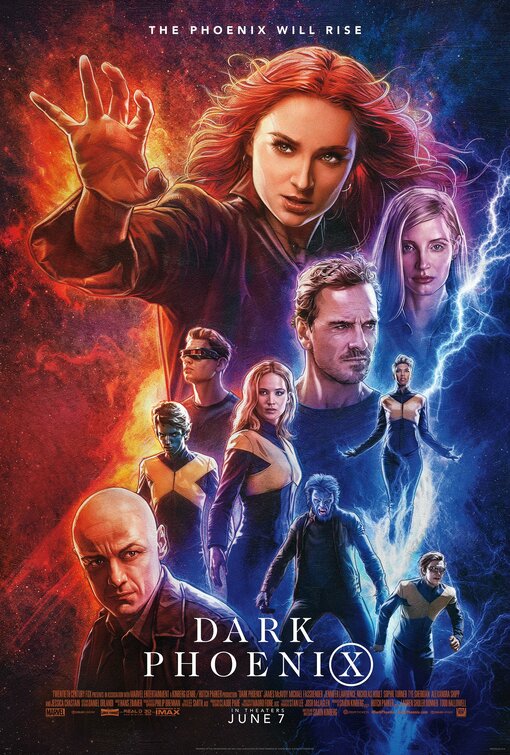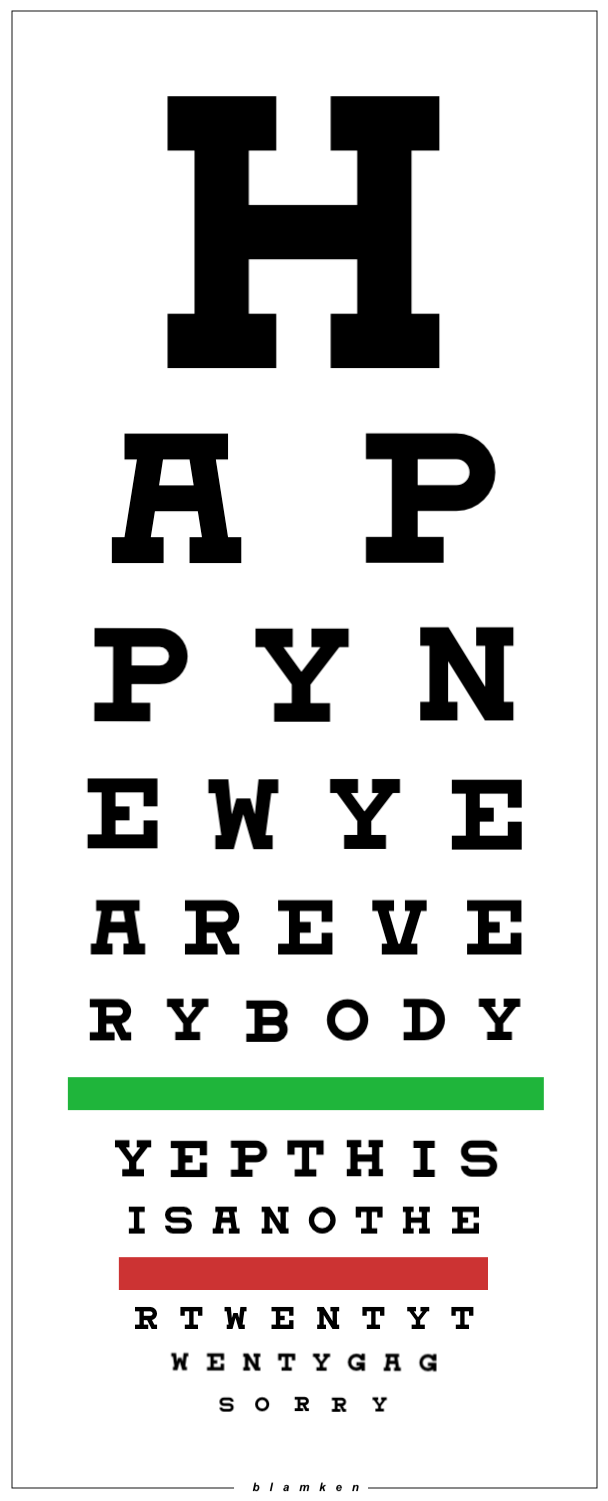 I brainstormed the following list a few years ago on a lark. While I shared on Twitter and Facebook, I didn’t here at the time because I knew activity would be light and wasn’t keen to have dated Yuletide content atop the front page year-round. Posting it now is relevant to the cultural moment, of course, but also helps ensure that I finally get crackin’ on the blog again so we don’t have to keep looking at…
I brainstormed the following list a few years ago on a lark. While I shared on Twitter and Facebook, I didn’t here at the time because I knew activity would be light and wasn’t keen to have dated Yuletide content atop the front page year-round. Posting it now is relevant to the cultural moment, of course, but also helps ensure that I finally get crackin’ on the blog again so we don’t have to keep looking at…
My Top Eleven Star Wars Holiday Songs
11. “Silent Night, Carbonite”
10. “Here We Come a-Wookieeing”
9. “O Little Town of Walrus Men”
8. “Winter Wampaland”
7. “X-Wings We Have Heard on High”
I didn’t know Tom Spurgeon, a longtime critic and lover of comics who passed
away last week at just 50. We met but once at a convention. I know his work, though, and I know a lot of other people in the comics world who did know him, admire him, care for him.
 Spurgeon was editor of Fantagraphics’ The Comics Journal for several years before launching his website The Comics Reporter.
Spurgeon was editor of Fantagraphics’ The Comics Journal for several years before launching his website The Comics Reporter.
 I saw Dark Phoenix this summer and, not for the first time, was amazed at how my reaction to a $200 million effects-laden event film with bankable stars reprising popular roles could be “That was it? Eh.”
I saw Dark Phoenix this summer and, not for the first time, was amazed at how my reaction to a $200 million effects-laden event film with bankable stars reprising popular roles could be “That was it? Eh.”
No spoilers ahead.
DC Comics announced in June that its Vertigo imprint would be winding down
come the new year. Graeme McMillan wrote up the basics at The Hollywood Reporter.
 Cover to Death: The High Cost of Living #1 © 1993 DC Comics.
Cover to Death: The High Cost of Living #1 © 1993 DC Comics.
Art: Dave McKean. Typography, Design: McKean; Richard Bruning.
Up now at my website The Comicologist is an article that I wrote on Thanos for the magazine ACE back in 2015.
 Panels from The Infinity Gauntlet #1 © 1991 Marvel Comics. Pencils: George Pérez.
Panels from The Infinity Gauntlet #1 © 1991 Marvel Comics. Pencils: George Pérez.
Inks: Josef Rubinstein & Tom Christopher. Colors: Christie Scheele & Ian Laughlin.
I’ve posted a version with images and one without, since the former is rather heavy on the graphics. That’s due in part to the article’s length, which in turn is a consequence of the breadth of the character’s publication history — or vice versa. You might want to wait to read it until after you see Avengers: Endgame if you’re not already familiar with the comics, although my guess is that any spoilers pertain more to last year’s Infinity War.
I’m heartbroken over the loss of Batton Lash.

Bat created the delightful series Wolff and Byrd, Counselors of the Macabre, later known as Supernatural Law. Bat’s wife and collaborator Jackie Estrada announced
his passing in January at 65 after a battle with brain cancer, and Facebook was immediately flooded with tributes. I didn’t share thoughts here at the time for a variety of reasons, but I want to post more in general and this can’t go unsaid. His nattily attired figure was a highlight of any convention; American comics in the ’90s, let alone my personal world of comics, would’ve been much the poorer without him.
 I got a kick out of this Mutts strip from September.
I got a kick out of this Mutts strip from September.
The most amusing part to me is that it doesn’t really break the fourth wall but accomplishes something very like what we think of as breaking the fourth wall by not breaking the panel’s third* wall, surprising the characters — and in turn the reader — by suddenly reneging on the contract that allows panel borders to be drawn in the same ink as lines defining solid objects within a strip’s panels yet be traversable by said objects as portals to the rest of the world being depicted.








